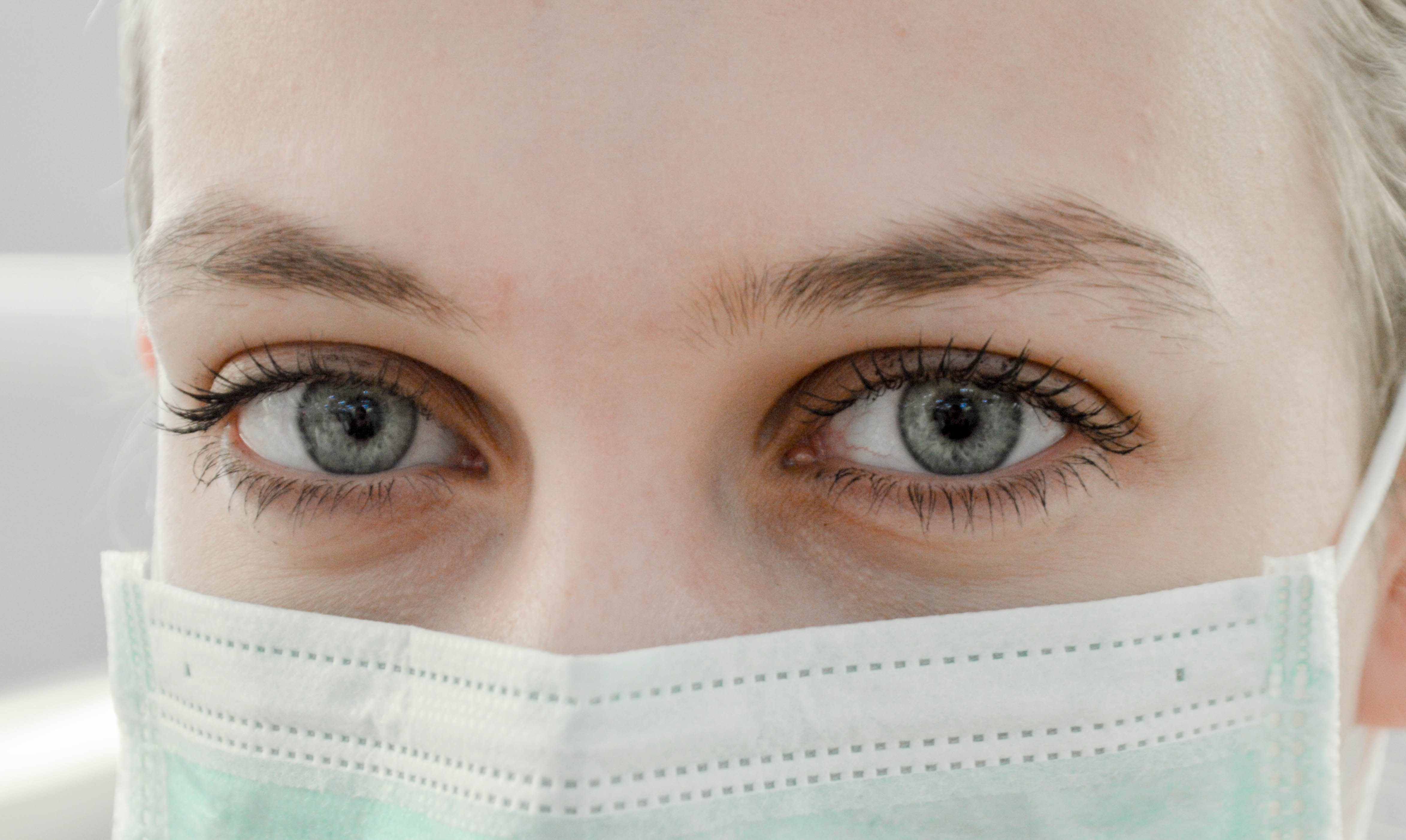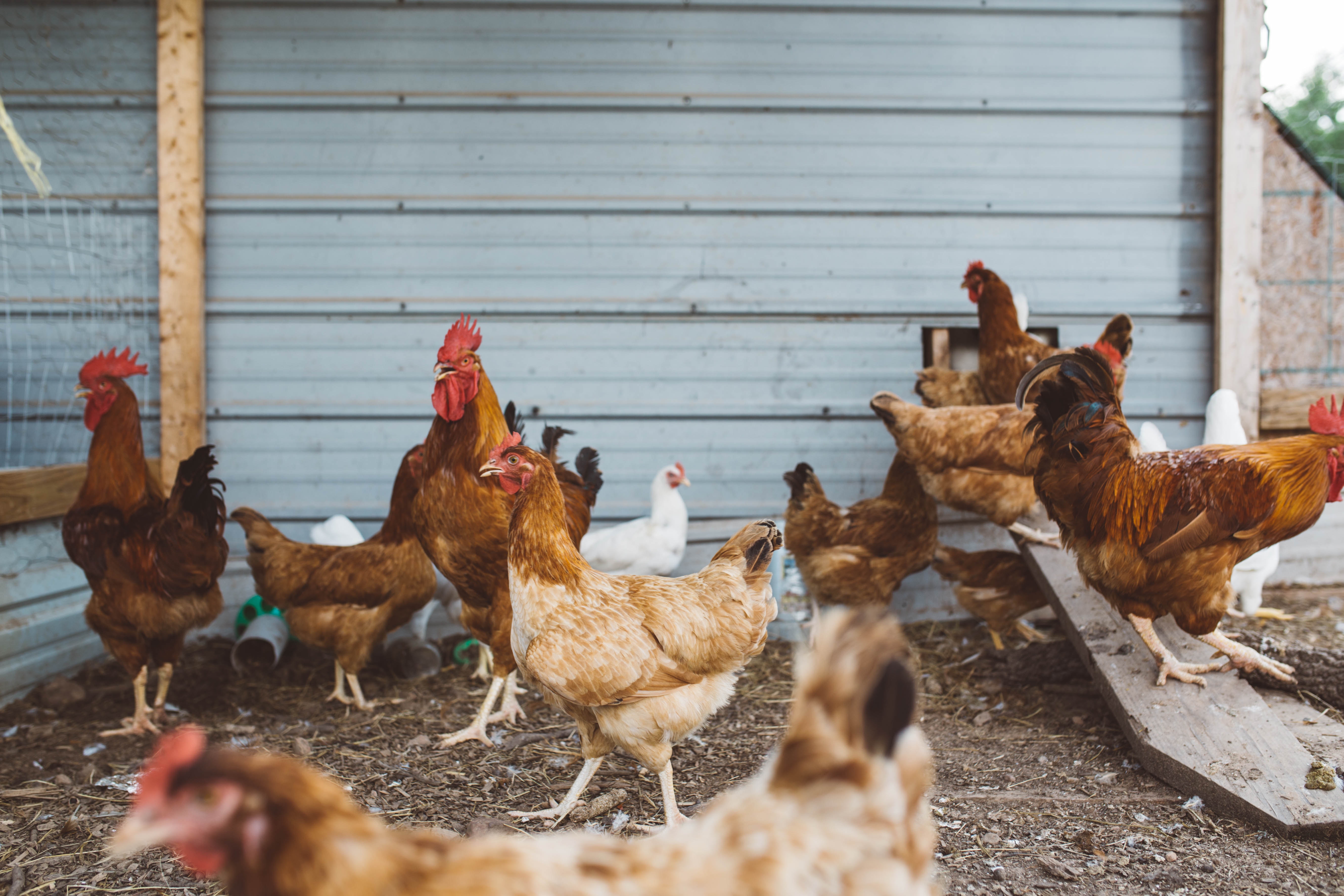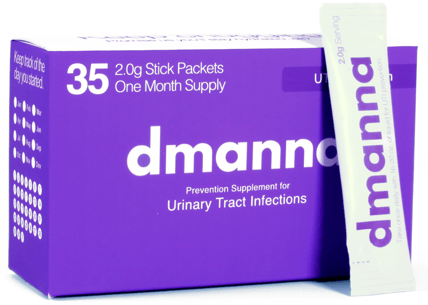A breakdown of chapter 9 of Maryn McKenna’s book “Big Chicken: The Incredible Story of How Antibiotics Created Modern Agriculture and Changed the Way the World Eats”.
Redefining What We Know About Urinary Tract Infections
For decades, doctors have assumed that “each woman who developed a UTI was the source of her own infection, and every woman’s infection was unrelated to any other (McKenna).”
In 1999, after a study by epidemiologist Amee Manges, that perception began to change. Manges studied a group of young women at the University of California, Berkeley who had contracted urinary tract infections.
What she found astonished her. Many of the patients suffered infections from the same strain of E. coli, a strain that was resistant to Bactrim, the most-prescribed antibiotic for urinary tract infections.
These identical infections proved that the women at Berkeley were not getting UTIs at random, caused by many different bacteria. No, this string of infections was an outbreak.
Connecting UTIs to Food-Borne Illness
In her search for clues, Manges reviewed an outbreak of urinary tract infections that had occurred a few years earlier in the borough of Lambeth in the United Kingdom. In this case, an antibiotic-resistant strain of E. coli had spread through the hospital, sickening 385 patients with UTIs and kidney infections; 34 with bloodstream infections; and 19 infections of the lungs, ears, and eyes.

The outbreak in Lambeth built up quickly, then tapered off, much like Manges’s study of UTIs at Berkeley. This was a pattern she had seen before.
It took the same shape as outbreaks caused by food.
A New Class of E. coli
The antibiotic-resistant strains of E. coli that Manges found in urinary tract infections were believed by researchers to be a separate category unto themselves. They were dubbed “ExPECs,” for “Extraintestinal Pathogenic E. coli.”
In 2003, scientists estimated that there were six to eight million urinary tract infections in the United States every year, and that ExPECs caused almost all of them.
In the 1990s, the proportion of infections resistant to Bactrim doubled from 9 to 18 percent.
Today in Latin America, 70% of UTI pathogens are resistant to Bactrim (TMP-SMX). Resistance rates are 49% in Israel.1
ExPECs pose an additional problem, this one related to diagnosis. Most urine tests are done with dipsticks, which cannot determine the exact bacteria affecting the patient, or whether that bacteria is resistant to any antibiotics. And with inadequate information, a patient may be prescribed an ineffective antibiotic.
See Also: How Common Are UTIs In Mexico?
Connection to Chicken Confirmed
In 2005, Jim Johnson, a professor at the University of Minnesota, tested local produce and meat products for antibiotic-resistant strains of bacteria. He and his team analyzed 346 samples of food: beef, pork, chicken, turkey, and produce. Only 9 percent of fruits, vegetables, and seafood had E. coli, but 69 percent of beef and pork did, and 92 percent of the chicken and turkey.

Two-fifths of all the E. coli strains they found in the chicken packages were resistant to the antibiotic quinolone (like Cipro), and one out of every five resistant strains was an ExPEC.
They found 12 resistant strains of E. coli, all on turkey, possessing defenses against 10 different human-use antibiotics. Four of the 10 ExPECs that they found on the turkey samples matched E. coli strains that were already known to infect humans.
In the VA hospital where he worked, Johnson analyzed the fecal matter of his patients with urinary tract infections, primarily older males. He found the same resistant strains of E. coli that he’d identified in the locally produced chicken.
Dozens of Studies Confirm Findings
Since Amee Manges’s study in 1999, there have been almost fifty separate studies demonstrating a link between the E. coli present in chicken and resistant ExPEC infections among humans.
So why don’t we create stricter regulations on antibiotic use in the food industry? Unfortunately, it’s not that simple. Since most humans will have ingested many different food products by the time the infection manifests, it’s impossible to know exactly which farmer or meat production company caused it. When you can't identify the culprit, you can't force industry change, and what producer or processor would want to volunteer to stop using the antibiotics that keep their animals healthy and raise their profit margin?
Bacteria Resistant to “Last-Resort” Antibiotics Emerge
In 2006, the unthinkable happened: a strain of klebsiella pneumonia resistant to all known antibiotics except for colistin, an antibiotic with such severe side-effects it’s only used as a last resort, appeared. Suddenly, colistin, rarely used before now, became valuable. The problem was, China, the EU, and others—seeing little value in colistin for humans—had been using massive amounts of the drug for years to promote health in their farm animals.
Less than ten years later, in 2015, a new superbug appeared. MCR-1, as it was dubbed, is resistant to all known antibiotics. In 2016, MCR had been identified in animals and humans in more than thirty countries.
“MCR compelled the recognition that it was not really possible any longer to divide antibiotics arbitrarily into “medical” and “agricultural” and imagine that bacteria would respect the difference. There was only a single bacterial world, the shared province of the microbes that live on and in humans and animals and water and soil; any harm or alteration to any of them would ripple through an entire global ecosystem .” – McKenna
Bacteria replicate and evolve every twenty minutes, and there are countless trillions of bacteria in the world. They develop resistance faster than we can develop new antibiotics.
What Now?
Change comes slowly to an industry as large and embedded in the global economy as the meat production industry.
The best way to effect change? Be particular about the food you buy. Look for USDA-approved organic labels on meat products. USDA certified organic does not allow use of antibiotics in animals raised for human consumption. Keep in mind that other labels may not be well-regulated and could be misleading. Always do your research to ensure you know what you’re buying—and eating.
How Do I Prevent UTIs Without Antibiotics?
Unfortunately, we still rely on antibiotics to eliminate active urinary tract infections, which is why it is best to use them sparingly. Many women with recurrent UTIs are resistant to common antibiotics like Cipro and Bactrim, so the few antibiotics options they have left are precious Leading research suggests women in this situation focus on preventing their UTIs rather than treating them.
The best way to prevent UTIs without antibiotics?
First, drink more water. The more water you drink, the more you’ll urinate, and the more frequently your urinary tract will be flushed out, expelling bacteria before they can attach to the tissue surrounding your urethra or bladder. This study showed that women who increased their fluid intake by 1.5 liters daily greatly reduced their risk of repeat UTIs.
Second, take d-mannose every day. D-mannose is a natural sugar found in berries and other fruit that has been scientifically proven to prevent UTIs up to 4X better than daily antibiotics. D-mannose working by binding to the UTI-causing bacteria E. coli, preventing it from adhering to your urinary tract and increasing the likelihood that it will be flushed from your system.

In a clinical trial, the effectiveness of d-mannose was tested against the antibiotic Nitrofurantoin in preventing recurrent urinary tract infections. D-mannose was found to be just as effective—if not more effective—as the antibiotic, without any harmful side effects.
In 2016 the director of the CDC, Tom Frieden, told The Washington Post that the emergence of these hyper-resistant superbugs “basically shows us that the end of the road isn’t very far away for antibiotics — that we may be in a situation where we have patients in our intensive care units, or patients getting urinary tract infections for which we do not have antibiotics.”
With continued research and innovative non-antibiotic preventative solutions like d-mannose, we can extend that road. Companies like Dmanna exist to pave the way.
Where Can You Buy D-Mannose?
D-mannose is the primary ingredient in Dmanna, a daily supplement that is tasteless and odorless and dissolves in water. It comes in easy-to-use packets already portioned out for you. Take it along with your vitamins to promote a UTI-free life!
Click below to learn more about preventing UTIs with the all-natural, antibiotic-free UTI prevention product Dmanna.
.png?width=165&name=manna%20(3).png)





.png?width=320&name=Dmanna%20Blog%20Featured%20Image%20(1).png)

